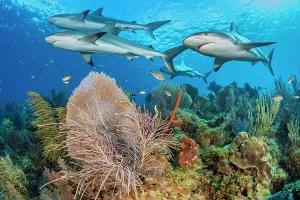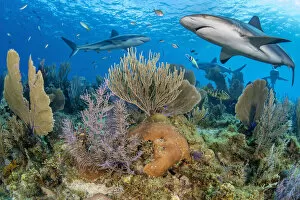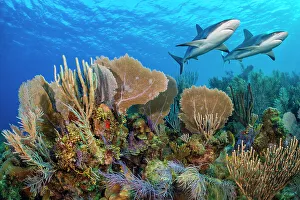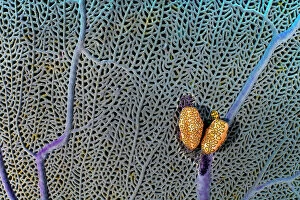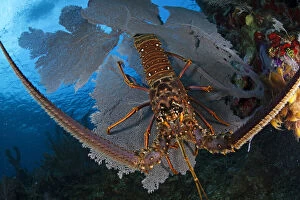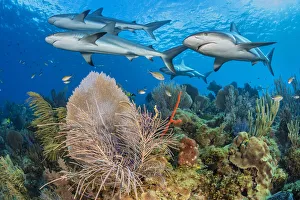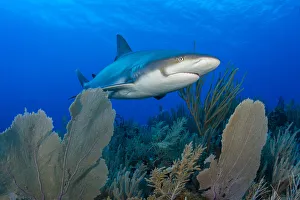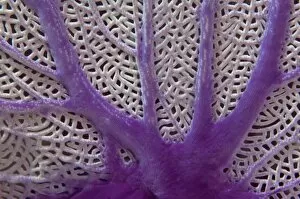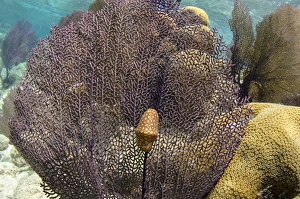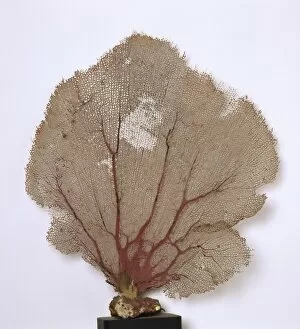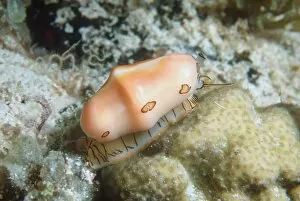Common Sea Fan Collection
The common sea fan (Gorgonia ventalina) is a stunning and vital component of the Caribbean coral reef ecosystem
All Professionally Made to Order for Quick Shipping
The common sea fan (Gorgonia ventalina) is a stunning and vital component of the Caribbean coral reef ecosystem. Its delicate branches sway gracefully in the ocean currents, providing shelter and protection for a variety of marine life. One such inhabitant is the vibrant Flamingo tongue cowrie (Cyphoma gibbosum), which can be seen perched upon the common sea fan. These beautiful shells are not just for show; they actually prey upon the sea fan itself, feeding on its tissue and leaving behind distinctive trails. Caribbean reef sharks (Carcharhinus perezi) also frequent these reefs, gliding effortlessly over the coral landscape. A shiver of these majestic creatures can often be spotted swimming above a colorful carpet of corals, including the common sea fan. Sadly, human activities sometimes disrupt this delicate balance. Fishermen driving out Caribbean spiny lobsters (Panulirus argus) from their hiding places may inadvertently disorient them, causing them to seek refuge on top of a common sea fan. This disruption highlights the importance of sustainable fishing practices to protect both lobster populations and their habitat. Despite these challenges, there is hope for preserving this underwater paradise. The beauty and diversity captured in c. 1860 lithographs remind us that even then people recognized the value of protecting our oceans' treasures. From Belize's Barrier Reef to Utila Island in Honduras, from Lighthouse Reef Atoll to Hol Chan Marine Reserve - wherever you find yourself surrounded by crystal-clear waters teeming with life - keep an eye out for these enchanting creatures: Venus Sea Fan (Gorgonia flabellum), Flamingo Tongue snails resting delicately on Common Sea Fans, or perhaps even a Caribbean reef shark majestically swimming over this intricate coral structure. Let us cherish and protect these incredible ecosystems so that future generations can continue to marvel at nature's wonders beneath the waves.

